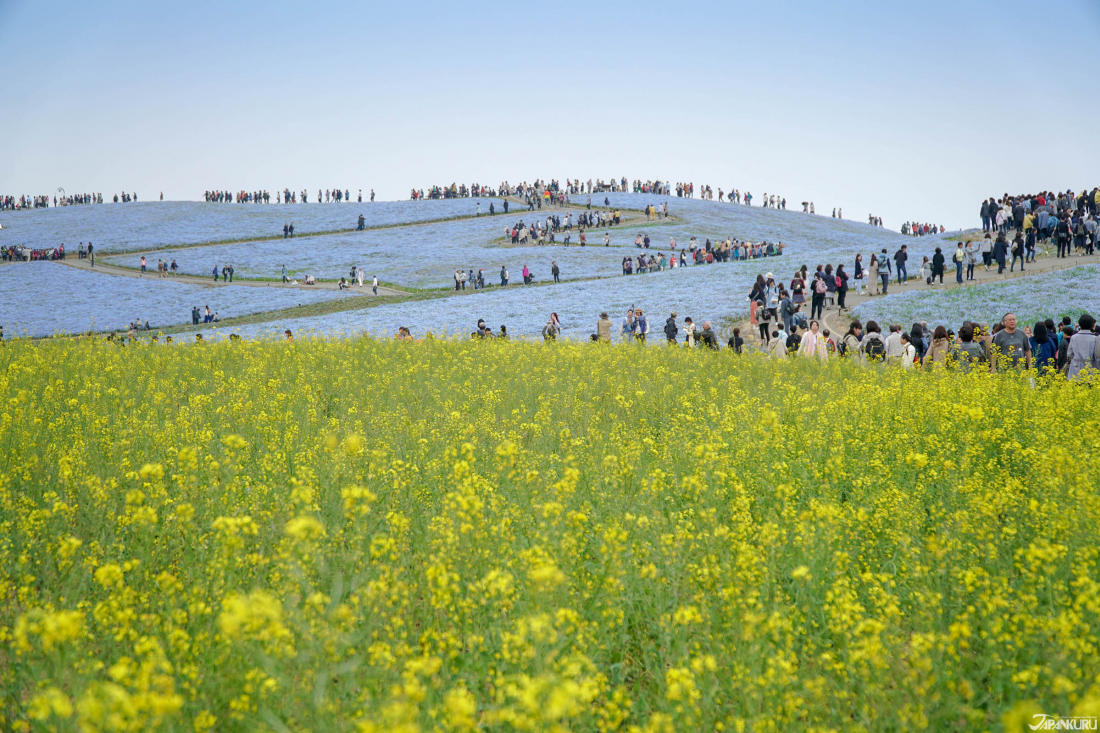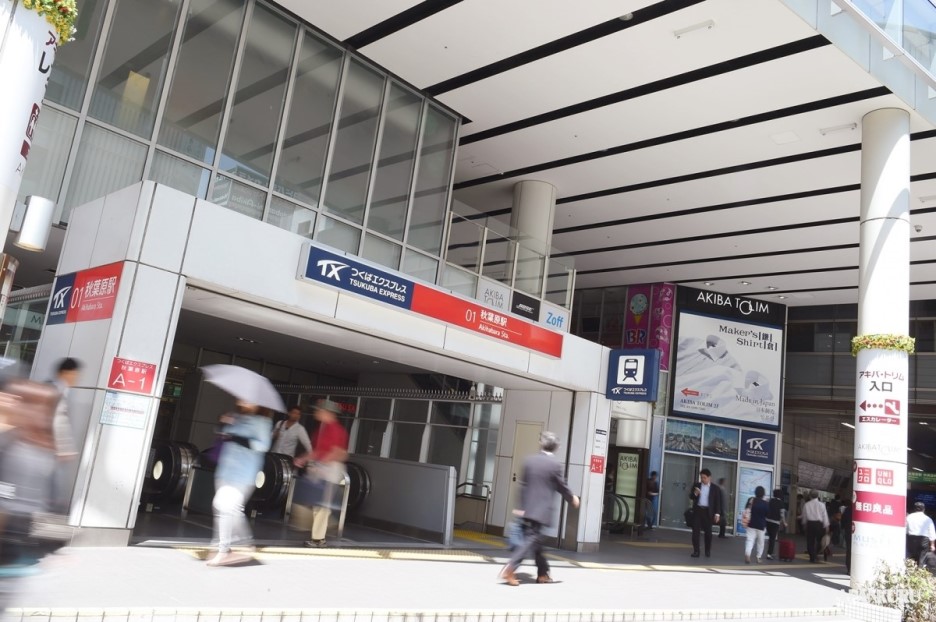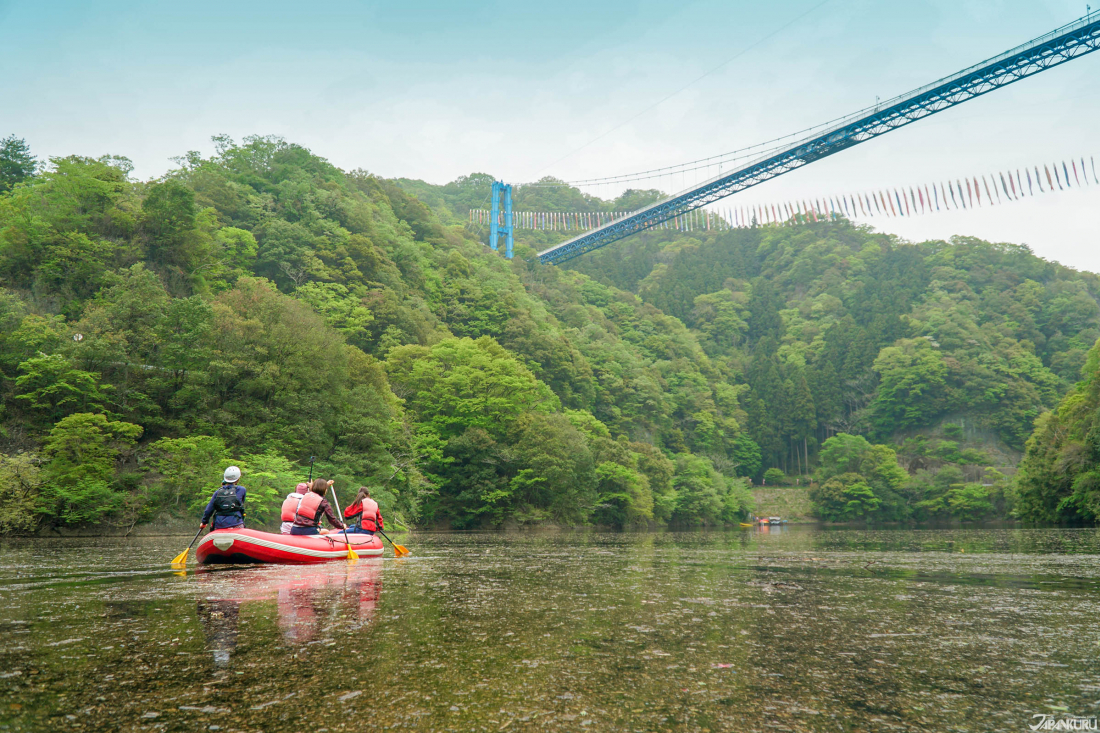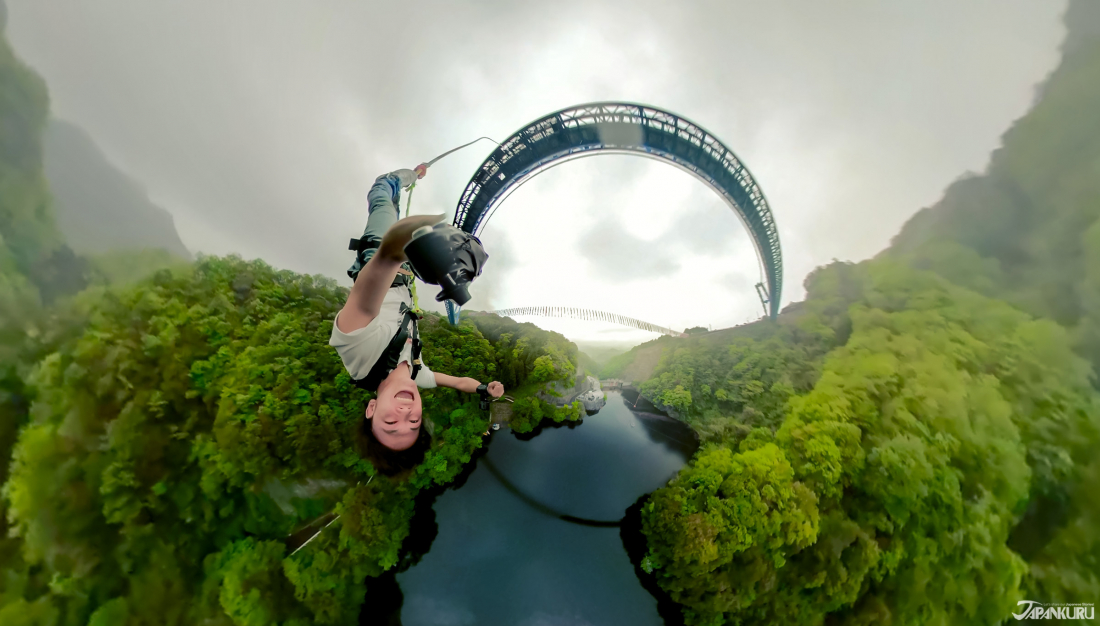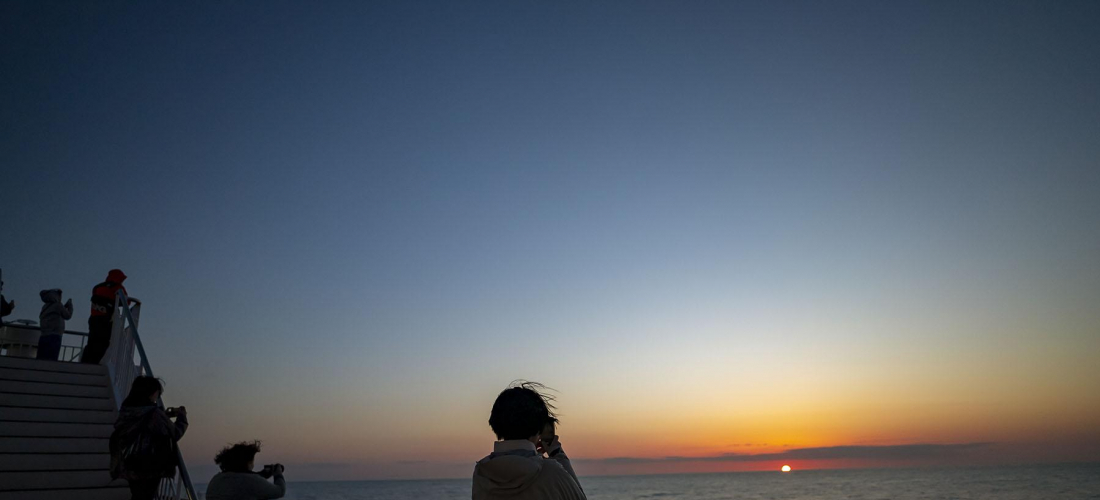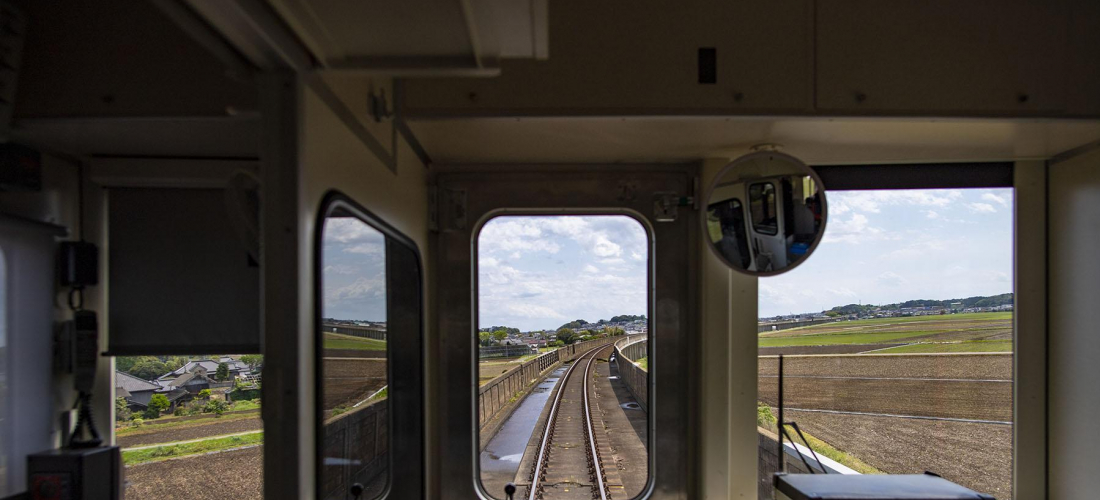
CONTENTS
A lot of the time when people come to Japan, Tokyo is their main point of interest. I mean, and why not? The crowded trains, tall buildings with neon lights everywhere, lots of "only in Japan" places to go to, the excitement of NEVER knowing what you’ll see…the list goes on!! However, more and more are the outskirts of Tokyo, particularly Japan’s nature spots, becoming a "must-go" when traveling to Japan.
JAPANKURU recently went around Ibaraki prefecture on a day trip and found such lovely spots!
Like mentioned above, Ibaraki prefecture is often forgotten, even by Japanese people, as a place to go and explore. There isn’t much information on "places to go in Ibaraki", let alone info in English. Thus we wanted to make an article giving people an idea of possible places to visit.
A lot of the time when people come to Japan, Tokyo is their main point of interest. I mean, and why not? The crowded trains, tall buildings with neon lights everywhere, lots of "only in Japan" places to go to, the excitement of NEVER knowing what you'll see…the list goes on!! However, more and more are the outskirts of Tokyo, particularly Japan's nature spots, becoming a "must go to" when traveling to Japan.
JAPANKURU recently went around Ibaraki prefecture on a day trip and found such lovely spots!
Like mentioned above, Ibaraki prefecture is often forgotten, even by Japanese people, as a place to go and explore. There isn't much information on "places to go in Ibaraki", let alone in English. Thus we wanted to make an article giving people an idea of possible places to visit.
How to Get to Ibaraki from Tokyo
Option 1
Renting a Car from Nissan Rent-a-Car
Option 2
Limited Express Train JR Hitachi
It takes about 2 hours and 20 minutes to reach the capital of Ibaraki, Mito,
by JR express trains (Hitachi and Tokiwa) from Tokyo Station.
There really isn't much of a time difference compared to driving,
but since the one-way fare is 3,890 yen,
driving would be more economical if you have an international driver's license.
More info about Hitachi and Tokiwa here!
Option 3
Tsukuba Express
The Tsukuba Express is one of Tokyo's private railways.
Asakusa and Akihabara are only 8 minutes away,
and it's a good railway for locals and tourists alike.
If you plan on taking the Tsukuba Express,
you can ride the train to Tsukuba Station (the last stop).
Around Tsukuba are lots of nature spots to explore.
JAPANKURU went a few years ago, so if you would like an idea of what the area is like,
check out the link below⇩
Scenic Spots: Hitachi Seaside Park
❁❶❁
Hitachi Seaside Park
(国営ひたち海浜公園)
Scenic Spots: Oarai Isosaki Shrine
⛩❷⛩
Oarai Isosaki Shrine
(大洗磯前神社)
Scenic Spots: Tsukimachi Waterfall
🌲❸🌲
Tsukimachi Waterfall
(月待の滝)
It is a stunning spot in Ibaraki
that is surrounded by lush greenery.
You can either look at the beautiful nature from close by,
or go behind the waterfall for a closer look!
It was some of our first time going behind a waterfall and
we were so surprised at how refreshing it was
with the cool temperature and sound of the waterfall.
🌲Tsukimachi Waterfall
🏢 Oazakawayama, Daikomachi, Kuji-gun, Ibaraki Prefecture
茨城県久慈郡大子町大字川山
Google Maps
If you go to Tsukimachi Waterfall, don't leave with on an empty stomach. Instead, try one of Japan's fun dishes! We're talking about nagashi somen, serving somen noodles flowing down bamboo and trying to catch it! At the restaurant that is directly next to Tsukimachi Waterfall, "Momijien" (もみじ苑), you can enjoy Japan's fun way of eating noodles while overlooking the waterfall!
★Momijien (もみじ苑)
🏢Right next to Tsukimachi Waterfall Google Maps
⏰10:30am~7pm !!Closed every Wednesday
Ibaraki Activities
Things to Do: Ryujin-kyo
🌉①🌉
Canyon Ryujin Kyo Rafting
(竜神峡)
Ibaraki's beautiful nature is not just something to gaze at, you can also get involved and become a part of it! The upper stream of the "Ryujin Dam" (竜神峡) in the canyon called Ryujin-kyo is surrounded by mountains and makes you forget you're in Japan.
Here you can tour the canyon by canoe, SUP (stand up paddle surfing), and river rafting on boat tubes. It's a really relaxing and fun way to get involved with Japanese nature. This sort of activity you definitely won't find in Tokyo!
🌉Canon Ryujin Kyo Rafting
🏢2153-39 Shimakura-cho, Shimoda-city, Ibaraki
茨城県常陸太田市下高倉町2153-39
Google Maps
💻Links to related pages
※Open from April 27 to August 31 only.
※Since you might get wet, a change of clothes, towels, and shoes are available
🌉②🌉
Ryujin Bungee Jumping
(竜神バンジー)
Things to Do: Nakaminato Fish Market
🎣③🐙
Nakaminato Fish Market
(那珂湊おさかな市場)
More and more passengers want to go sightseeing in Hokkaido. If you have enough time, you can choose a more economical and affordable method, the Shosen Mitsui Ferry Sunflower! If you come by car, you can park your car inside the boat that way you can cruise around by car once you get to Hokkaido! It's a really cool way to travel, so if your schedule isn't too tight, give it a try!
For more information about the Shosen Mitsui Ferry Sunflower, click here!
🚢Ferry Sunflower (フェリーさんふらわあ)
Passenger Terminal: Oarai Port Ferry Terminal
🏢Chuo 2, Oaraimachi Port, Higashiibaraki-gun, Ibaraki
茨城県東茨城郡大洗町港中央2
Google Maps
💻Official website link
🚌Access:
From Tokyo Station to Oarai Ferry Terminal:
① From Tokyo Station's JR Bus Terminal (located at Yaesu South Exit of the station), take the express bus "Mitogo" (みと号) for Mito Station (水戸駅).
It will take you to Oarai Ferry Terminal without having to change transportation!
★ Only one bus a day
⏰Departs Tokyo Station at 2:20pm → Arrives at Oarai Ferry Terminal at 4:45pm
To return to Tokyo:
⏰Oarai Ferry Terminal 3pm → Tokyo Station 6:28pm
💴2,320yen (children are 1/2 price)
Stay tuned for new, original articles every day on JAPANKURU🐶.
Or add us on Google+, Instagram, Facebook to share your Japanese pictures💖🗾
Details
NAME:Shosen Mitsui Ferry (商船三井フェリー)
MAP
PROFILE
Follow us @Japankuru on Facebook, Instagram, and Twitter!
COMMENT
FEATURED MEDIA
VIEW MORE
Which snacks make the best Japanese souvenirs?~ Jaga Pirika ~ 일본과자 선물 뭐하지?~자가피리카 편~ #pr #calbee #jagapokkuru #japanesesnacks #japanesefood #japanesesouvenir #japantravel #japantrip #naritaairport #hokkaido #나리타국제공항 #일본여행선물 #흔하지않은기념품 #일본쇼핑리스트 #일본과자추천 #고구마과자 #일본간식추천 #일본면세점쇼핑 #개별포장 #일본감자칩 #도쿄나리타공항면세점 #현지인추천 #일본여행 #일본기념품리스트 #자가포쿠루 #자가피리카

Asakusa's Sanja Matsuri, one of the biggest festivals in all of Tokyo, is almost here! Make sure you check out the festival route so you don't miss all the festivities this May. #asakusa #sanjafestival #sanjamatsuri #asakusashrine #sensoji #sensojitemple #japanesefestival #shintoshrine #japaneseculture #tokyo #tokyotrip #tokyotravel #asakusasightseeing #matsuri #japantrip #japantravel #springinjapan #tokyotravel #japankuru #산자마츠리 #아사쿠사 #일본마츠리 #일본여행 #일본5월

Odaiba's DiverCity Tokyo Plaza is home to the famous real-size 20m-tall Unicorn Gundam, and the popular shopping center has even more Gundam on the inside! Check out the Gundam Base Tokyo on the 7th floor for shelves upon shelves of Gunpla, and the Gundam Base Tokyo Annex on the 2nd floor for cool anime merchandise. Both shops have tons of limited-edition items! #pr #odaiba #tokyo #tokyotrip #japantrip #japantravel #PR #divercity #divercitytokyoplaza #tokyoshopping #gundam #unicorngundam #gundambasetokyo #anime #otaku #gunpla #japankuru #오다이바 #다이바시티도쿄 #오다이바건담 #건담 #일본건담 #건프라 #건담베이스도쿄

Evangelion, in miniature!? Tokyo's SMALL WORLDS Miniature Museum is actually a must-see for anime lovers, thanks to the tiny Evangelion Hangar and Tokyo-III... plus a whole universe of other scenes both real and fictional. #smallworlds #smallworldstokyo #tokyotrip #tokyotravel #evangelion #eva #anime #miniature #miniatures #animefigure #japantrip #japantravel #에반게리온 #스몰월드 #에반겔리온 #スモールワールズ #오다이바 #아리아케

Have you sat down for a snack at Sumida Aquarium yet? This aquarium next to Tokyo Skytree is known for its penguins and garden eels, but we can't get enough of their cute snacks! There are lots of good seats around the aquarium, too, so it almost feels like one big cafe. 🐧 • Find out more at Japankuru.com! (Link in bio.) • #japankuru #sumidaaquarium #skytree #tokyoskytree #solamachi #sumida #tokyo #tokyotrip #tokyotravel #aquarium #japanesesweets #themecafe #すみだ水族館 #Japan #日本 #일본 #Japon #ญี่ปุ่น #Japão #япония #japantravel #日本旅行 #日本旅遊 #japan_of_insta #japantrip #traveljapan #japan🇯🇵 #igerstokyo #explorejapan

For anime fans, the Evangelion areas at Small Worlds Miniature Museum are a must see! The tiny miniature people in the Evangelion Hangar look like ants beneath the moving Unit-01, Unit-00, and Unit-02! And over in Tokyo-III, characters like Shinji, Rei, and Katsuragi live life on a miniature scale. #odaiba #tokyo #tokyotrip #japantrip #japantravel #ariake #smallworlds #miniaturemuseum #smallworldstokyo #tokyotravel #evangelion #eva #anime #miniature #miniatures #animefigure #japankuru #스몰월드 #에반게리온 #오다이바 #오다이바관광 #오다이바스몰월드 #미니어쳐

